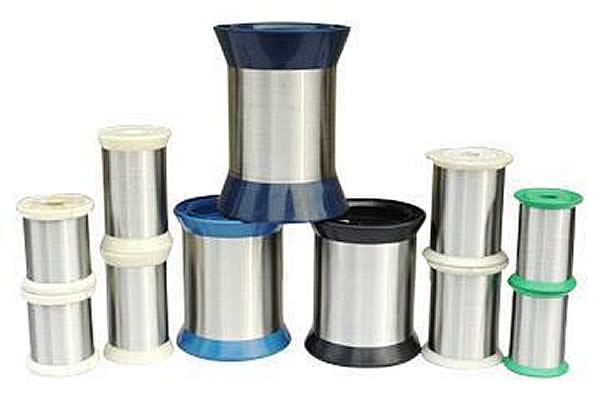 TEL:
+86-13102802206
TEL:
+86-13102802206
 Email:
fencenetting@china.com
Email:
fencenetting@china.com
 Language
Language
 TEL:
+86-13102802206
TEL:
+86-13102802206
 Email:
fencenetting@china.com
Email:
fencenetting@china.com
 Language
Language


The Art and Utility of Rabbit Netting
Rabbit netting, often overlooked in discussions about gardening and animal husbandry, is an essential tool for both urban and rural settings. Whether you're a dedicated gardener aiming to protect your plants or a rabbit owner seeking to keep your furry friends safe, understanding rabbit netting's various applications can significantly enhance your experience.
What is Rabbit Netting?
Rabbit netting is typically a sturdy mesh material designed to keep rabbits and other small animals out of gardens and flower beds. Constructed from durable materials like galvanized wire or plastic, it features small openings that deter rabbits while allowing sunlight and water to pass through. The design and structure of rabbit netting are crucial; it must be robust enough to withstand the pressure of hungry rabbits while being flexible enough for easy installation.
The Importance of Rabbit Netting in Gardening
For gardeners, rabbit netting serves a dual purpose it protects plants from unwanted nibbling while also allowing for proper sunlight exposure and air circulation. Young plants and seedlings are particularly vulnerable to rabbit foraging. By installing netting around garden beds, gardeners can effectively safeguard their crops, ensuring they grow strong and healthy.
Moreover, using rabbit netting simplifies the management of gardens. Instead of applying chemical repellents or traps, which can be harmful to the environment, netting offers a natural solution. It reduces the need for ongoing intervention, letting plants thrive in a protected ecosystem.
Setting Up Rabbit Netting
Installing rabbit netting is straightforward and can be done by anyone, regardless of gardening expertise. The first step is to measure the area you want to protect, considering the height and width of the netting needed. Typically, the netting should extend at least two feet above the ground to prevent rabbits from jumping over it and should be buried a few inches underground to deter burrowing.

Once you've gathered your materials, secure the netting to stakes or rigid frames. This ensures that the netting remains taut and effective. Many gardeners opt for removable netting systems, allowing easy access for maintenance or harvesting while maintaining security against pests.
Rabbit Netting for Animal Protection
In addition to safeguarding gardens, rabbit netting plays a pivotal role in protecting domestic rabbits. Whether housing rabbits in a backyard hutch or creating a safe enclosure, netting can help establish a secure environment. By surrounding the enclosure with rabbit netting, owners can prevent escapes and protect the rabbits from potential predators, such as hawks or stray dogs.
Additionally, netting can be utilized in larger rabbit setups, providing a separate area for the rabbits to enjoy outdoor time. This not only encourages natural behaviors like foraging and exploring but also gives the rabbits a sense of security.
Maintenance and Care
One of the key benefits of rabbit netting is its low maintenance requirements. Regular checks should be made to address any tears or damage, especially after severe weather conditions. Keeping the edges secure and free from debris ensures that the netting remains effective in its role as a barrier.
Conclusion
In conclusion, rabbit netting is a versatile and vital tool for gardeners and rabbit owners alike. Its ability to protect plants and animals from harm while encouraging natural growth and behaviors makes it an indispensable part of sustainable gardening and animal husbandry practices. As we strive for a balance between cultivating our gardens and safeguarding our pets, rabbit netting stands out as a practical solution that meets both needs effectively. By investing in quality rabbit netting, you can ensure a thriving, harmonious environment for both your plants and rabbits, fostering growth and well-being for all.